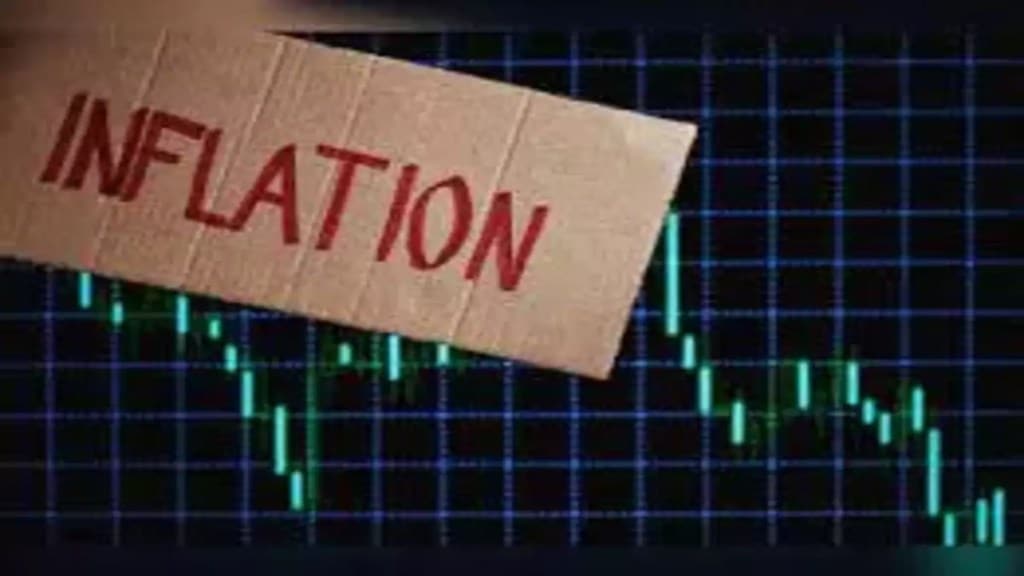While retail inflation eased to 1.55%, the lowest since June 2017, “super core” inflation remained sticky at 4.5% reflecting elevated prices of services, reports Saikat Neogi.
Understanding “Super Core” Inflation
The “super core” is a sub-index computed by analysts from the consumer price index, by excluding food and beverages, auto fuels, and housing. Its annual growth has been over 4% since October last year.
Persistent Price Pressures in the Services Sector
The inflation print in the broad miscellaneous category which consists of transport & communication, household goods & services, health, recreation & amusement, education, personal care & effects has been over 4% since September last year. Inflation in “personal care” rose to 15.1% in July on the back of elevated global prices of gold and silver.
However, the consumer food price index (CFPI), rose 2.03% sequentially in July compared to June. In July last year, the food inflation rate was at 5.42%. The inflation in the vegetable category was (-) 21% last month, compared to (-) 19% in June. The edible oil and fruit inflation remained high at 19.24% and 14.42% respectively last month.
Overall cereal inflation in July eased further to 3.03% and had been in single digits for the past several months because of softening of rice prices due to bumper harvest and encouraging trend in kharif season sowing.
Inflation in pulses declined by 13.76% last month for six successive months on the prospects of robust harvest as well as adequate imports. Inflation in pulses was as high as 113% in August,2024.
Inflation in the meat and fish category rose marginally by 0.61% last month. Egg prices rose by 2.26% last month on year. Inflation in spices continues to decline since September, 2024 as it declined by 3.07% last month on year.
